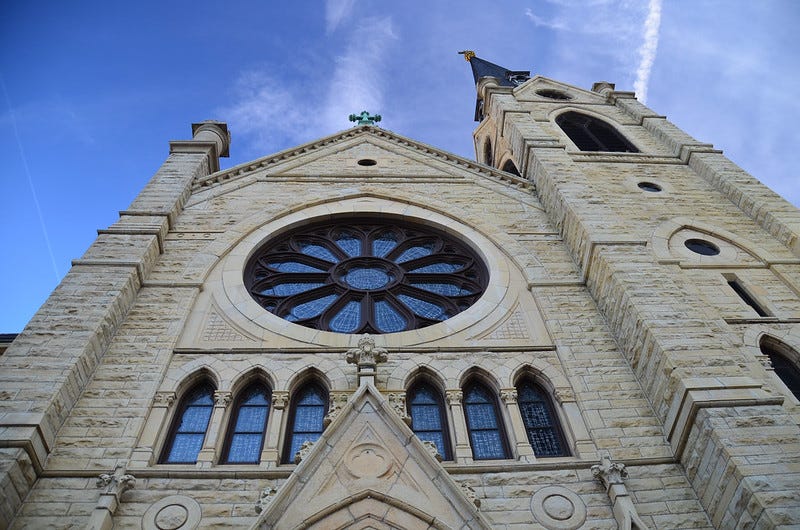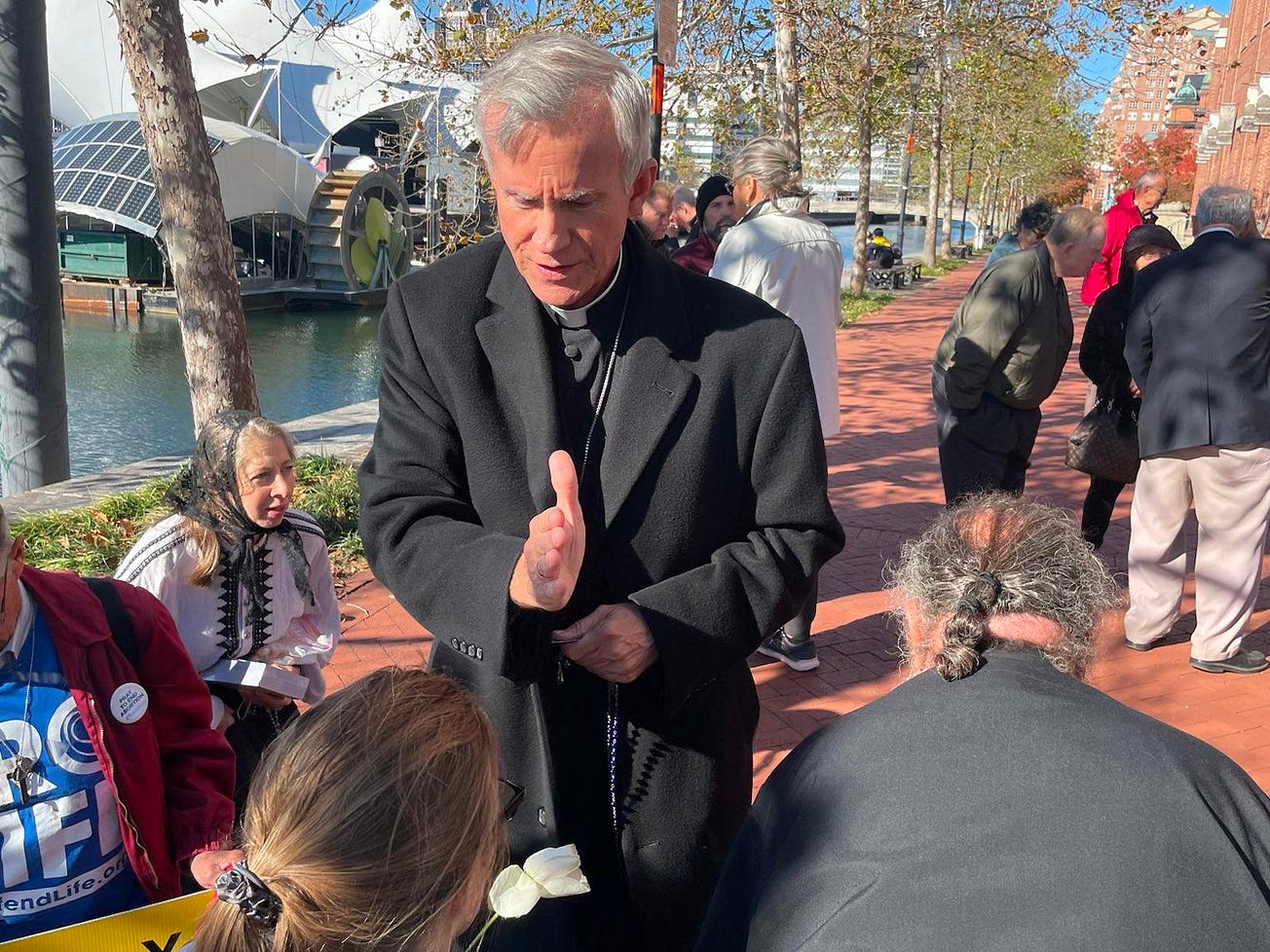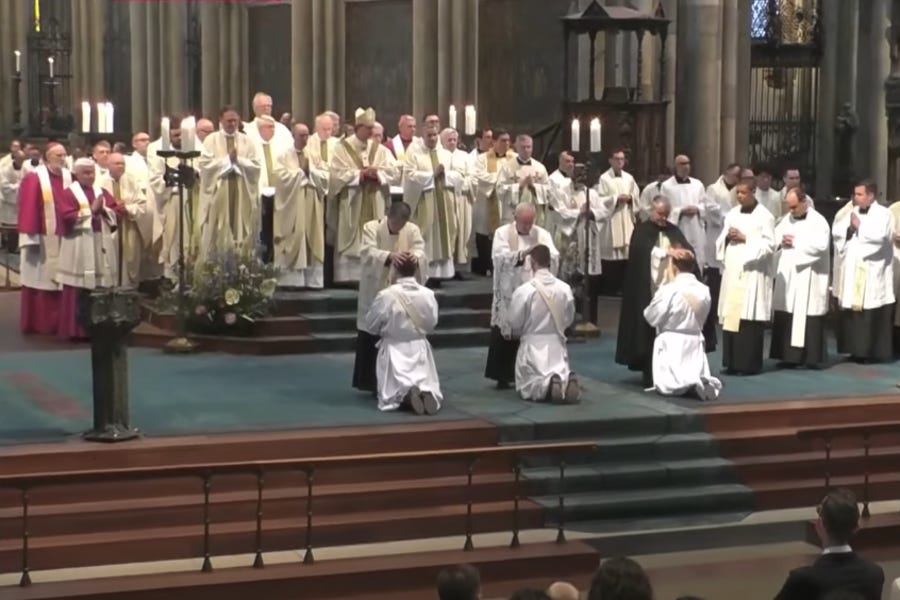Pope Francis will issue next week a new motu proprio, titled Antiquum ministerium, which is set to more formally recognize catechists as an institutional ministry in the Church.
While lots of people give catechize, catechists are defined in law as part of the Church’s missionary work. Their role was especially acknowledged during the 2019 Synod on the Amazon, which highlighted the work of catechists, many of them women, as spiritual and community leaders who offer their lives in service to a group of the faithful.
In 2018, Pope Francis told a conference on the role that “being a catechist, this is the vocation, not working as a catechist.”
But what is a catechist, anyway? The Pillar explains.

Who catechizes?
Lots of people give catechesis in the Church; teaching the principles of the faith to those preparing for baptism, who are called “catechumens.” The same is true for the instruction of Christians, young or older, preparing for a sacrament.
The Code of Canon Law notes that, to a degree, every Christian has a role to play in teaching the faith and that “solicitude for catechesis belongs to all members of the Church according to each one’s role.” Parents and godparents, for example, have a particular role to play in the education of children in the faith after baptism, and pastors have a particular responsibility to see to the “catechetical formation” of the people in their parishes.
Canon law also explains that each level of the hierarchy of the Church, from the Holy See to the diocesan bishop, is to issue norms for catechetics, and to make sure that there is appropriate material and education available to form and educate Catholics. For example, both the Vatican and the USCCB have general catechetical directories.
The law allows for individual bishops or bishops’ conferences to publish catechisms - holistic presentations of the principles of the faith - for their territories with Roman approval, like the Baltimore Catechism in the United States, which was in use for many decades.
In 1992, Pope St John Paul II approved the Catechism of the Catholic Church, for use everywhere.
As part of ordinary parish life in many dioceses, directors of religious education, lay parish formators, and others, help in sacramental formation and religious education of the faithful in different ways. But, while it might be fair to say all of these people “catechise,” the actual role and title of “catechist” means something specific in the Church, and is linked to missionary work.
The “catechist”
Formally speaking, catechists are defined in canon law as “lay members of the Christians faithful, duly instructed and outstanding in Christian life, who devote themselves to setting forth the teachings of the Gospel and organizing liturgies and works of charity under the direction of a missionary.”
In places where the Church is less institutionally established than it is in the West, including some parts of South America, Africa, and Oceania, catechists are often charged with leading local Christian communities the size of whole towns or villages.
Those catechists provide formation in the faith, lead liturgies, perform baptisms, and even witness marriages, for the months between visits by priests.
In 1993, the Congregation for the Evangelization of Peoples, the Vatican’s department for missionary work, issued its own guide for catechists, calling their work “a decisive role in missionary activity.” It lists the functions most often entrusted to catechists in missionary territories, including:
Preaching to non-Christians;
Catechizing catechumens and those already baptized;
Leading community prayer, especially at the Sunday liturgy in the absence of a priest;
Helping the sick and presiding at funerals;
Training other catechists in special centers or guiding volunteer catechists in their work;
Taking charge of pastoral initiatives and organizing parish functions;
Helping the poor and working for human development and justice.
“This type of catechist is more common in places where parishes cover a large area with scattered communities far from the centre, or where, because of a shortage of clergy, parish priests select lay leaders to help them,” notes the guide.
The document’s explanatory letter, signed by Cardinal Jozef Tomko, recognizes “the undisputed effectiveness of lay catechists” and quotes St. John Paul II, who said that “During my apostolic journeys I have been able observe personally what the catechists offer, especially in mission territories, an outstanding and absolutely necessary contribution to the spread of the faith and the Church.”
The guide notes that, as the catechists work in places where the faith is being spread and the Church is not firmly established at an institutional level, the missionary vocation of catechists is directed towards work which is specific - the task of actually catechizing people in the faith, and general, “collaborating in whatever apostolic services are useful for the building up of the Church.”
“Catechists in mission territories have their own identity,” the guide explains, “which characterizes them in respect to those working in the older Churches, as the Church's magisterium and legislation clearly recognize .
“In short, the catechist in mission territories is identified by four elements: a call from the Holy Spirit; an ecclesial mission; collaboration with the Bishop's apostolic mandate; and a special link with missionary activity ad gentes.”
The formation of catechists, at least as indicated by canon law, is meant to take place in dedicated schools or, when that isn’t possible, under the direct supervision of a missionary.
When Pope Francis spoke in 2018 about the role of a catechist being a “vocation” and not just a job, he was echoing the long-established recognition of the role as a mission of service which can take different forms and is often performed on a part-time and even voluntary basis.
The 1993 guide distinguishes between “full-time catechists, who devote their life completely to this service and are officially recognized as such” from “part-time catechists, who offer a more limited, but still precious, collaboration.”
“The proportion between the two categories varies from place to place, but in general there are far more part-time than full-time catechists.”
The pope’s forthcoming motu proprio is expected to offer additional insights and norms regarding the life and ministry of catechists, especially in response to the needs of faith identified at the 2019 Synod of Bishops on the Amazon, and the 2020 document Querida Amazonia.




